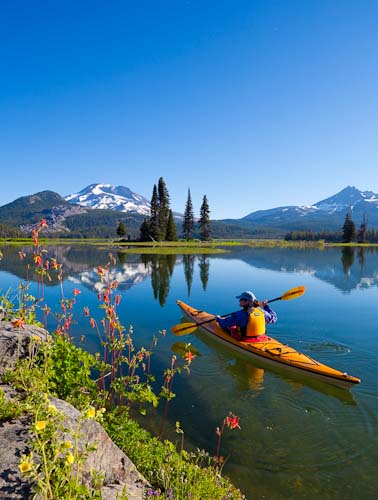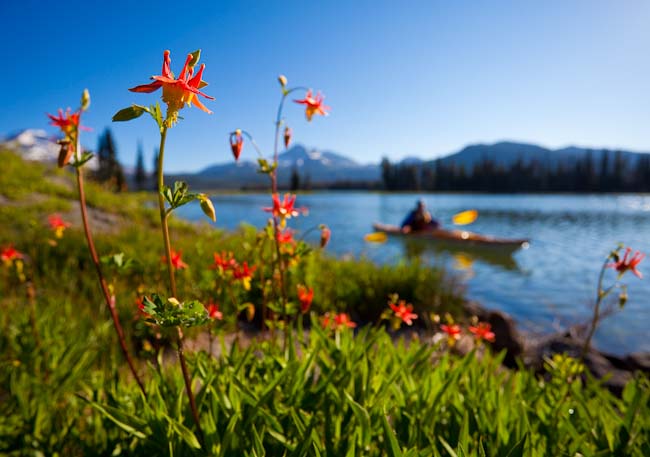The late, great Galen Rowell crafted the term “image maturity” to describe a quality of an image. In his 1993 book, The Art of Adventure Photography, Rowell explained that “immature” subjects require straight-forward depiction; with “mature” subjects, subtlety or originality prevail. He used a Snow Leopard and a deer as an example. A Snow Leopard in the wild is so hard to come by, a portrait of the whole animal could be a winner; a small-in-frame glimpse, not so good. As Rowell put it, a partial shot of a Snow Leopard might evoke a response like, “What a pity you didn’t get a shot of the whole animal”. The subject Snow Leopard is “immature”; the audience needs to be slapped big-in-the-frame obvious. With a deer, though, we’d find a portrait mundane. More evocative might be to show just the eyes peering from a thicket. Our brain, familiar with the animal, builds the rest in imagination, and we’re struck by the artistic expression. The deer is a familiar, “mature” subject.

Maturity, as Rowell points out, also depends on the audience. A kid’s book full of straight-on, unsubtle, “immature” animal shots might be terrific. So to with a kayak magazine focused on attracting new readers. Bludgeon them with smiling kayakers comin’ at ya. Maybe not call the audience “immature”, though, just because they appreciate the uncomplicated. A better word might be unpretentious.
I was thinking about this after I visited Sparks Lake, OR, in July this year. If you don’t know Sparks Lake, well, it’s like much of Oregon—largely off the beaten path of nature photographers. Places like Sparks or Proxy Falls, destinations like Malheur Wildlife Refuge or the not too distant Crater Lake National Park go under-represented in nature publications. Oregon is a big state, bigger than Wyoming, almost twice the size of New York. I just did the math, it’s 40% bigger than Washington State, with which it’s often lumped. Anyway, at Sparks I have consistently produced publishable images. I sent a vertical from the July shoot to Sea Kayaker. If it becomes a magazine cover, it will be my fifth from the exact same spot (SeaKayaker, Canoe&Kayak, Adventure Kayak, Kanu).
Sparks Lake has a perfect formula setting: foreground lava rocks or flowers, a strategically-located island with conifers for middle ground, the inspiring peaks of South Sister and Broken Top behind. Toss in some good light, and you’ve got a potential award winner. For a saleable image, I do the unpretentious and toss in a kayak.

Gary